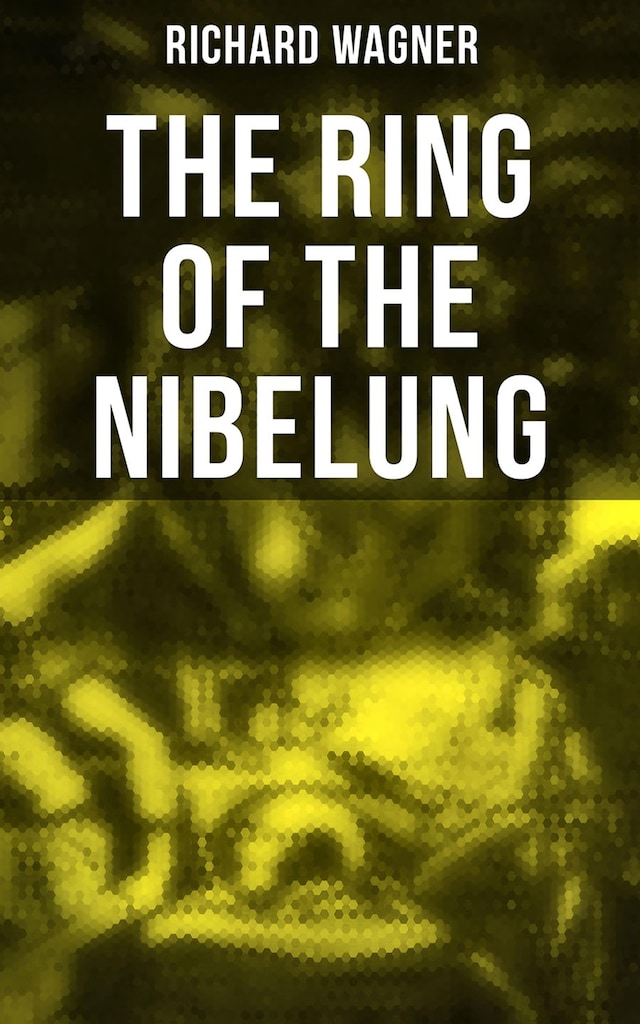
The Ring of the Nibelung
Siegfried and the Twilight of the Gods


